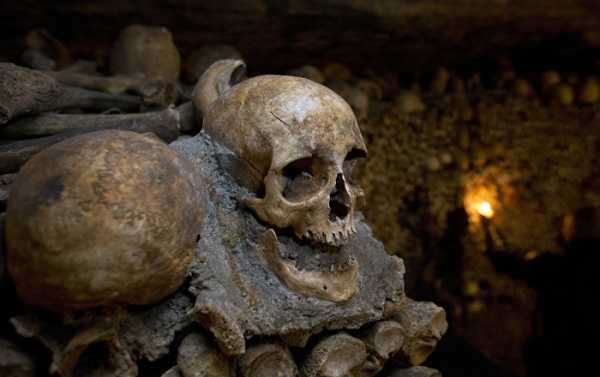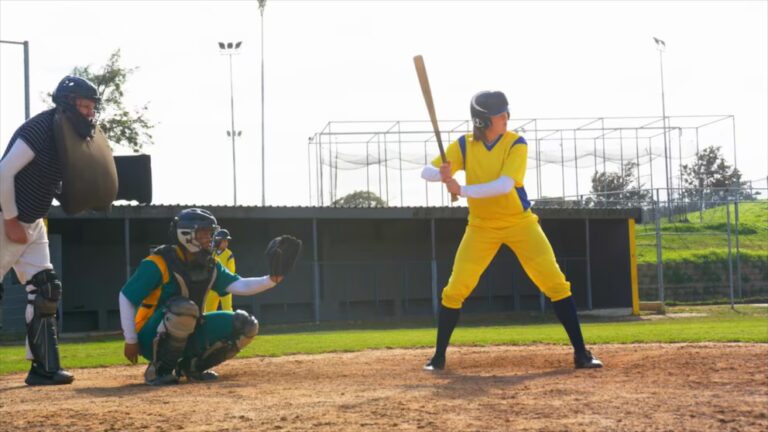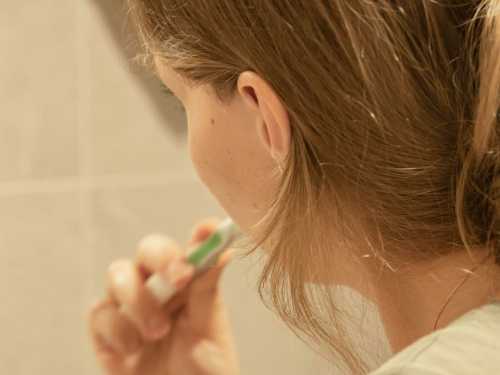
Leading materials specialists from all over the world attended a meeting of the International Academic Council of the National University of Science and Technology MISIS (NUST MISIS).
In this Sputnik interview, Elazar Gutmanas, a professor from the Department of Science and Materials Technology at Technion/Israel Institute of Technology, discussed efforts to develop materials and devices that can replace human bones, serve as bone-tissue scaffolds, provide an alternatives to plaster casts during the treatment of bone fractures, and gradually dispense anti-infectious or anti-tumor (anti-cancer) medications.
He also discussed various measures for integrating early-career Russian scientists into the global research establishment.
Sputnik: Mr. Gutmanas, you develop hi-tech materials boasting diverse functions. What is the name and purpose of these materials?
Elazar Gutmanas: We work in several areas. I will talk about the development of bioresorbable nanocomposite materials capable of carrying a load. What does the word “bioresorbable” mean? After fulfilling their functions, such materials should completely dissolve inside the body and be replaced with natural tissue.
Nanocomposite materials refer to multi-component substances. For our part, we aim to create materials that simulate natural bones. Bioresorbable nanostructured apatite, the bone’s framework, accounts for 70 or more volume percent, with bioresorbable nanostructured polymers or metals acting as collagens. Not only does the nanostructure simulate the bone, but it also guarantees high durability.
Sputnik: Durable bioresorbable materials mostly replace human bones or the cardiovascular system’s stents. What is the role of bioresorbable bone substitutes?
Elazar Gutmanas: Today, doctors prefer, whenever possible, to remove alien materials that may cause long-term complications from the body. Our load-bearing structures make it possible to do without fixation devices and repeat operations for removing such fixation devices. They also guarantee rapid healing, with natural bone tissue eventually replacing the implant. This is important for patients whose bones have been damaged during accidents or by tumors. Patients are fitted with porous scaffolds made of our material. Blood vessels eventually grow inside the scaffold, “nourishing” the bone. And a new bone will replace this scaffold several months later.
Sputnik: Does this scaffold have special holes for blood vessels?
Elazar Gutmanas: The scaffold should have an interconnected system of large pores. The size of these pores should be 50-400 microns, and this will guarantee the ingrowth of blood vessels. Moreover, we leave 4-5 percent of nano-pores, whose size is less than 0.1 micron. We fill these vacuum pores with antibiotics or anti-tumor medications. These medications slowly seep out and treat patients during improvised chemotherapy sessions.
We developed a process for obtaining highly durable nanostructure materials about 30 years ago. This process is called nanostructured powder consolidation at high pressure (up to three gigapascals or 30,000 atmospheres) and at room temperature. We also refer to this method as “cold sintering.” This approach preserves a highly durable nanostructure.
Sputnik: Do you work with iron implants?
Elazar Gutmanas: In the past two years, we have been actively developing durable bioresorbable nanostructured materials and scaffolds based on iron components. The human body contains a lot of iron. Iron-based bioresorbable materials are notorious for their low-speed degradation in vivo (in body) conditions. The nanostructure and silver and iron-oxide nanoparticle additives considerably speed up the dissolution of iron and generate nano-galvanic couples.
I would like to note that iron-oxide nanoparticles boasting magnetic properties are used to treat malignant tumors. Doctors try to attach molecules of anti-tumor medications to these nanoparticles and to insert them inside tumors using a magnetic field. In addition, if a magnetic field heats up iron-oxide particles near the tumor, malignant cells are destroyed at a temperature of plus 41-43 degrees Celsius. However, ordinary cells survive at plus 45-47 degrees Celsius. This treatment method is called “hyperthermia.”
Sputnik: Do you implement joint projects with NUST MISIS?
Elazar Gutmanas: We cooperate with NUST MISIS researchers on self-propagating high-temperature synthesis. We use the energy of chemical reactions to manufacture items from higher-melting-point materials, without using high-temperature furnaces. We cooperate with Professor Sergei Psakhye from the Russian Academy of Sciences’ Institute of Strength Physics and Materials Science in Tomsk on durable bioresorbable nanocomposites.
Sputnik: What do you think about the 5-100 federal program for supporting universities? How successful are the attempts of Russian science to regain its positions?
Elazar Gutmanas: It goes without saying that the 5-100 federal program helps promote the development of Russian science. As I see it, the future success of national science hinges on training early-career researchers, ensuring their professional improvement and integrating them into the global research establishment. For this purpose, it is necessary to send the best postgraduate students and early-career researchers to leading universities and research and development institutes all over the world. It is also possible to implement joint projects with NUST MISIS. Consequently, early-career researchers will be able to operate up-to-date equipment, establish close contacts with foreign scientists and to eventually replace their older colleagues. Joint research papers also play a positive role in boosting university ratings. I am ready to help find academic supervisors for 40-50 Russian students at Technion and other leading universities.
Sourse: sputniknews.com






